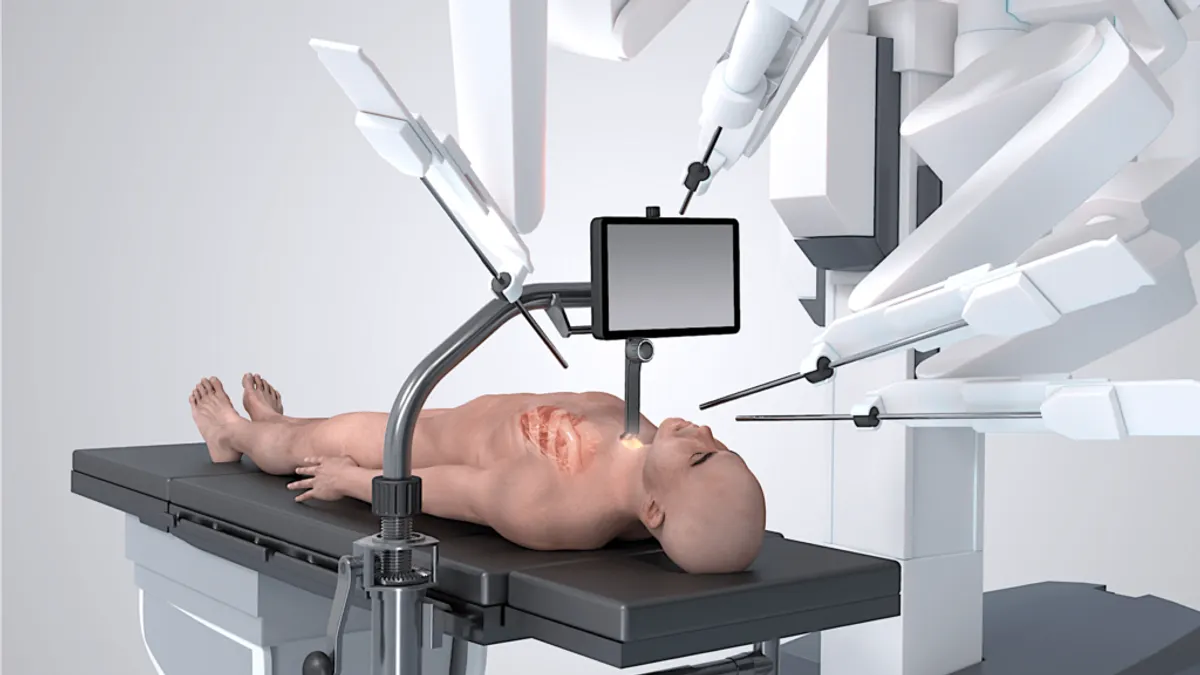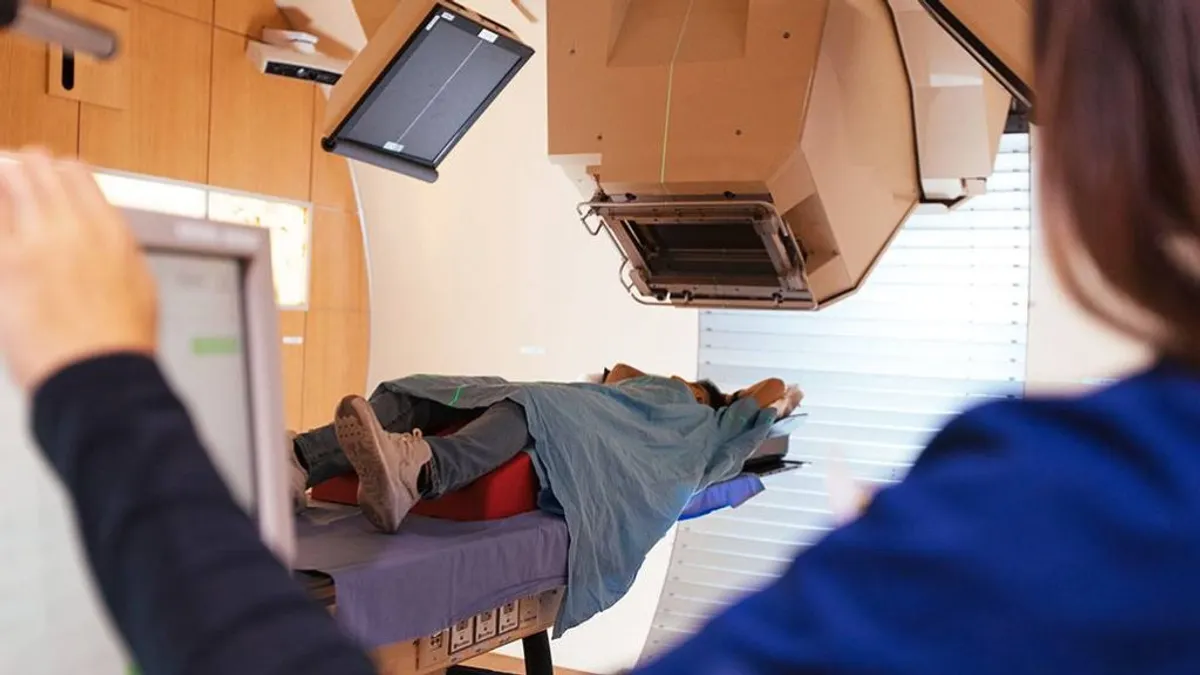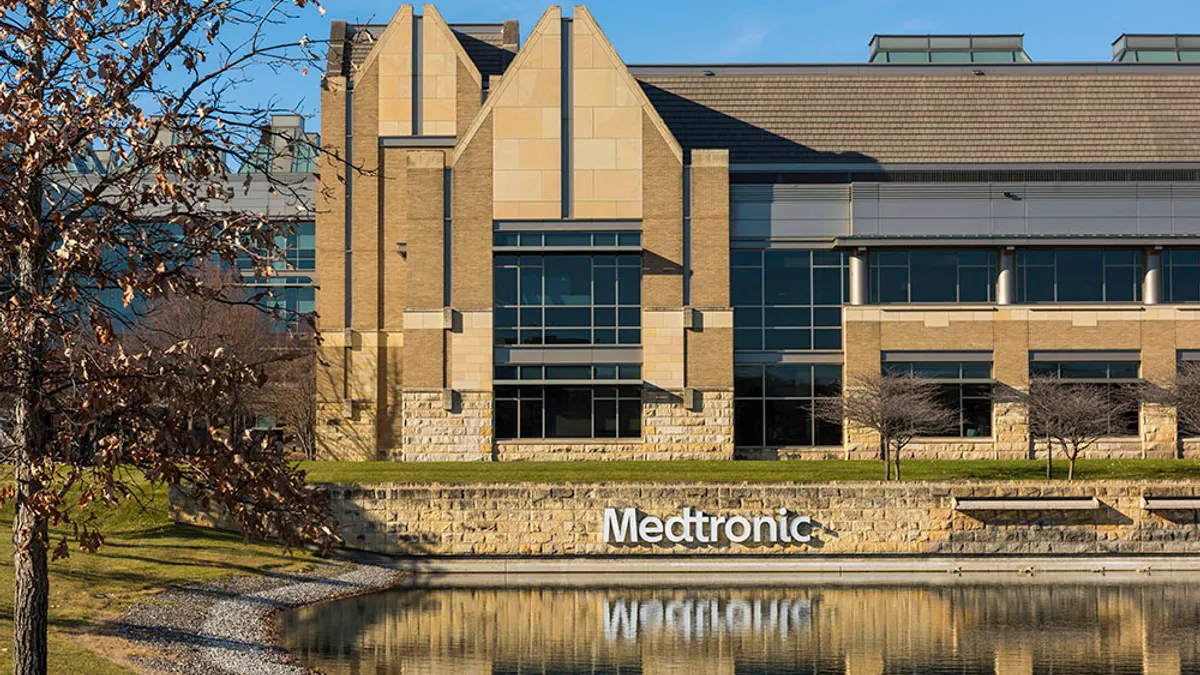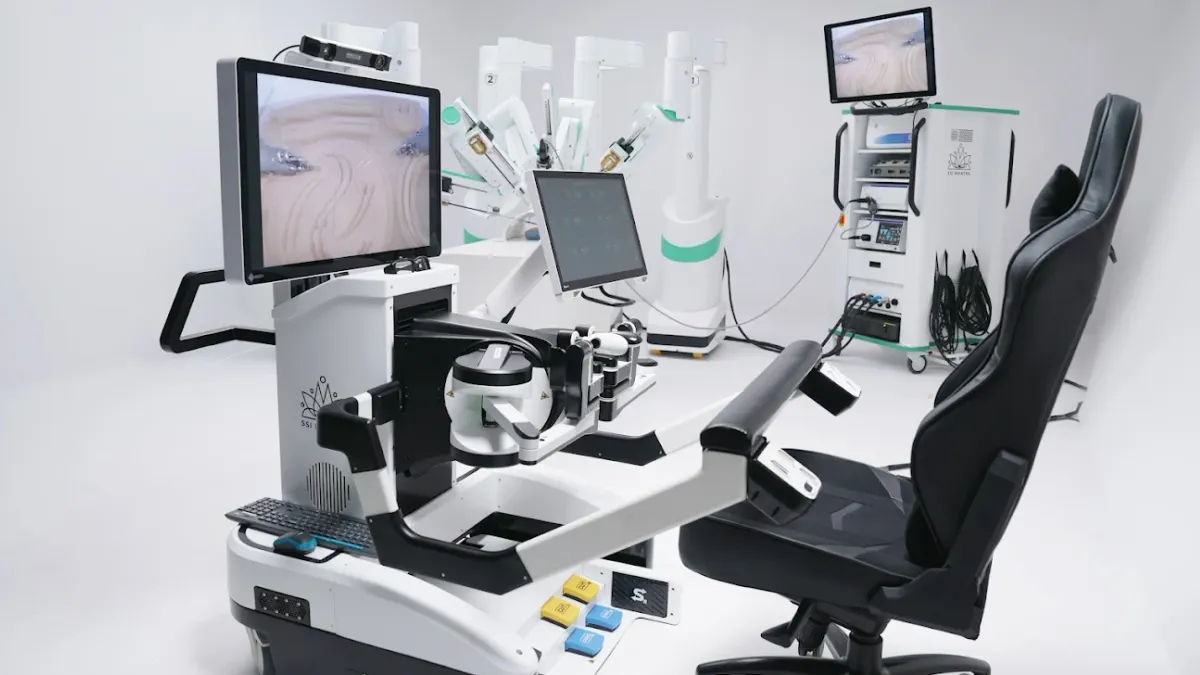Editor’s note: This is the second article in a series of stories profiling medtech companies that are changing the field of robotic surgery. You can read the first story here.
Minimally invasive procedures have become the preferred alternative to open heart surgery for many patients with aortic valve disease, driving steady growth for medtech companies such as Edwards Lifesciences and Medtronic.
A major advantage of transcatheter aortic valve replacement, or TAVR, is that it eliminates the need to crack open the patient’s sternum to perform the procedure.
Still, traditional valve surgery has been associated with better long-term clinical outcomes. That’s because it enables the surgeon to remove diseased tissue before implanting a replacement valve, which is not the case in a TAVR procedure, said Christian Mazzi, CEO of Corcym. With TAVR, a new, artificial valve is threaded through blood vessels to the heart, where it is fitted inside the existing, diseased valve to take over the job of regulating blood flow.
Corcym and CardioPrecision are collaborating to develop a minimally invasive, robotic version of aortic valve replacement that the companies believe could offer patients the best of both worlds. The approach, which delivers the valve to the heart through a small incision at the base of the neck, allows the physician to remove the diseased tissue before placing the implant. Like TAVR, the technique is intended to reduce pain, scarring and recovery time, compared with conventional surgery.
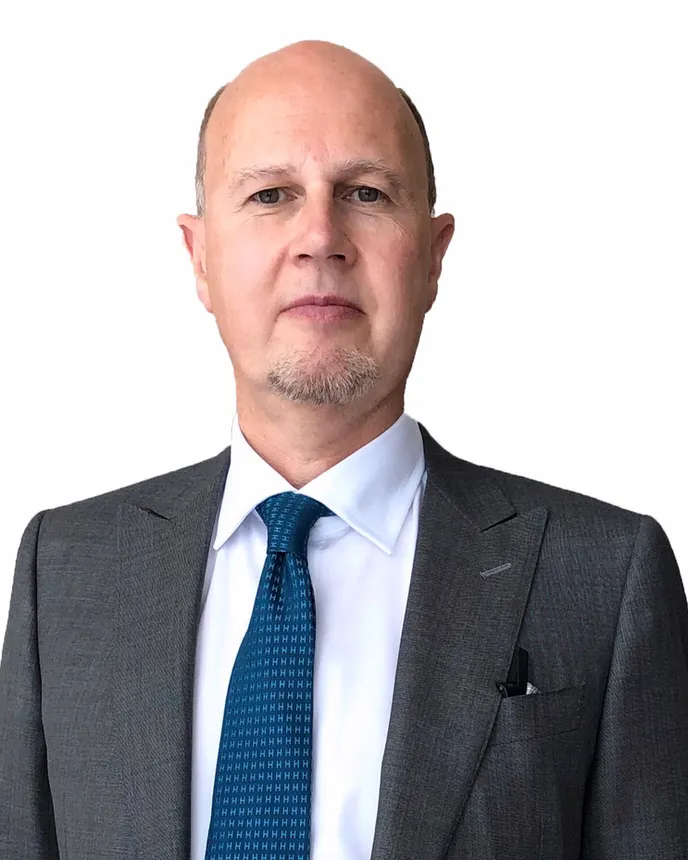
“We know that surgery offers the best long-term outcome, but when you're facing an operation, the long term is one thing, but the short term is right there in front of you. And people want something that's a lot less invasive,” said Fraser Sutherland, chief medical officer of Glasgow, Scotland-based CardioPrecision and a cardiothoracic surgeon. “It's just so much less invasive that it's very compelling to go for that early procedure and put off tomorrow.”
The procedure that CardioPrecision and Corcym are developing is called advanced videoscopic aortic surgery by transcervical approach using robot assistance, or AVATAR for short. It implants Corcym’s surgical heart valve, using CardioPrecision’s specialized retractor system, called CoreVista.
Corcym’s Perceval valve received Food and Drug Administration approval in 2016 when it was part of London-based medical device company LivaNova. Five years later, LivaNova sold its heart valve business to Swiss investment firm Gyrus Capital, and Corcym was launched.
“The entire reason we created the company was that ultimately, surgery is the best, most durable intervention you can do for a patient,” said Corcym’s Mazzi.
In the new, less-invasive procedure, developed with CardioPrecision’s delivery technology, Corcym’s sutureless valve is collapsed to a fraction of its full size and inserted through an incision in the neck, then guided to the heart. CardioPrecision’s retractor lifts the rib cage to create an opening through which the valve travels. A camera on the retractor illuminates the heart, and the procedure is displayed on a monitor mounted on the robot’s arm. Once in place, the valve expands and anchors onto the aorta.
Before the new valve is implanted, the surgeon can remove the old valve and clean out all the calcium buildup.
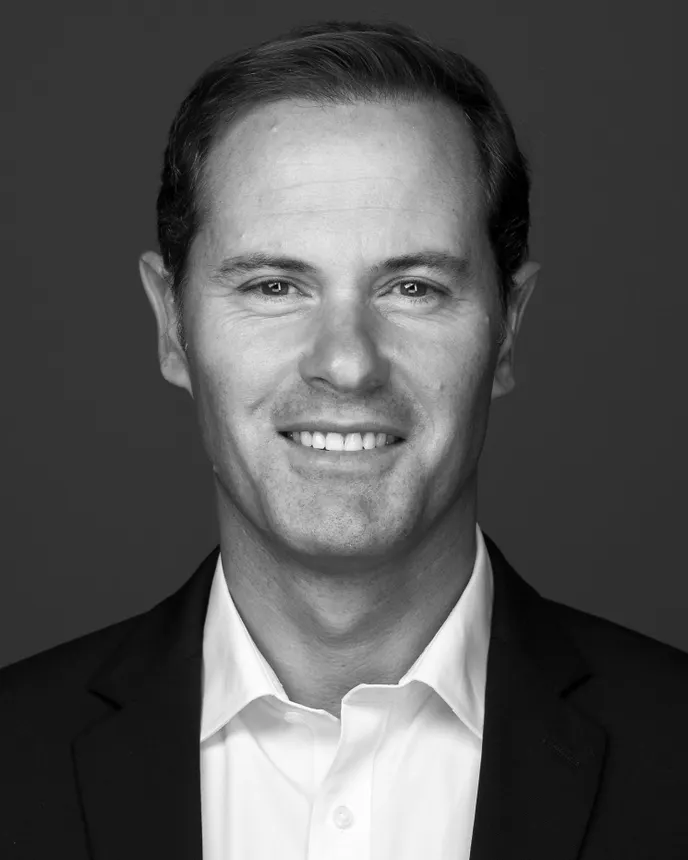
“The real crux of the difference between TAVR and a surgical approach like ours is that in surgery, you have the ability to go in and remove the diseased tissue and kind of reset the anatomy so it can be perfectly receiving the new valve,” said Mazzi. “You cannot do that in TAVR.”
An additional advantage of Corcym’s valve is that it requires no sutures, so it can be deployed faster than other surgical valves, according to Mazzi.
“Any other valve, you have to painstakingly sew it in,” he said.
Sutherland added that operations in the neck area typically have little pain and heal fast because of strong blood supply, allowing the patient to recover quickly.
In August, Corcym announced a big milestone: The first valve replacement using the new robotically assisted procedure was performed at the Cleveland Clinic, using an Intuitive Surgical da Vinci robot. Several more procedures have since been performed.
“The advancement here is that it's almost three companies coming together for the benefit of creating a new surgical approach and pushing minimally invasive surgery to the next level,” Mazzi said.
Cardiac surgery was an initial focus for Intuitive when the pioneering company helped create the surgical robotics field nearly three decades ago. However, it found that other specialties that required less precision were better suited for the technology in the early days.
More recently, Intuitive is focusing on cardiac opportunities again, as are newer robot developers, such as SS Innovations International, whose system was used in its first heart procedure in the Americas earlier this year.
Corcym and CardioPrecision believe the robot-enabled transcervical approach gives surgeons the dexterity needed to perform more complex procedures on the intricate anatomy of the heart.
“The technology is mature enough now that, in the hands of the cardiac surgeon, it works,” said Mazzi.

